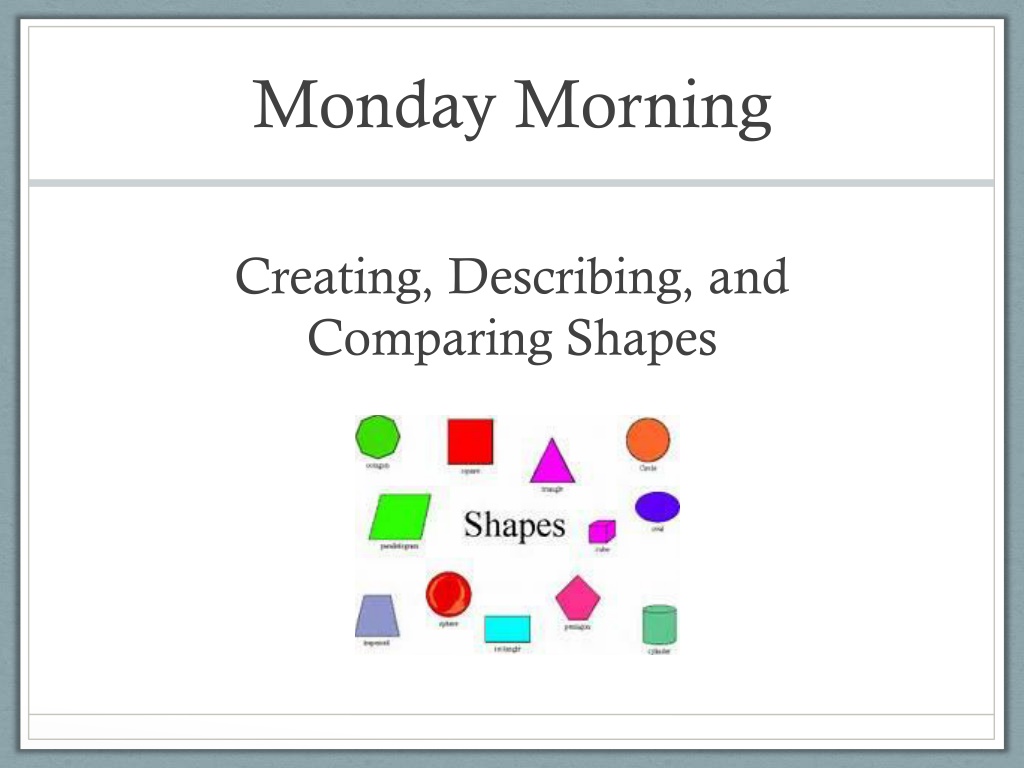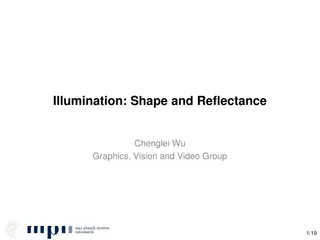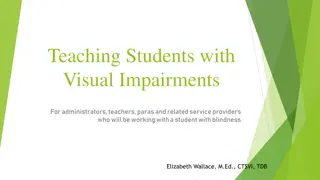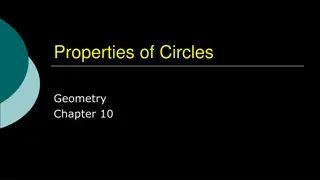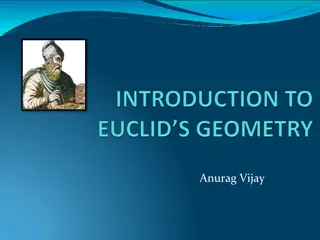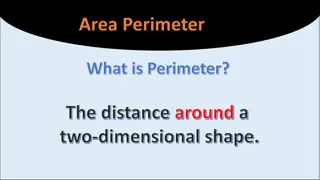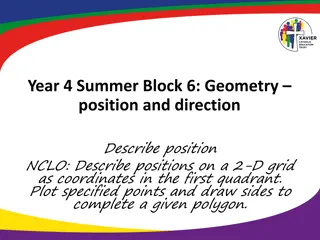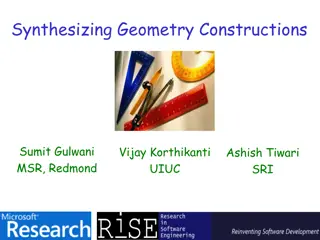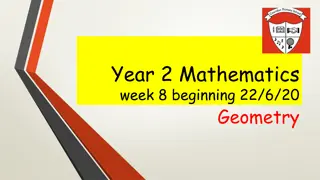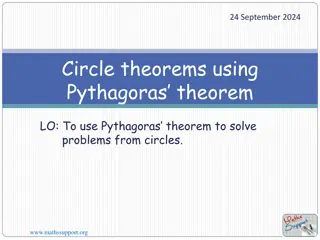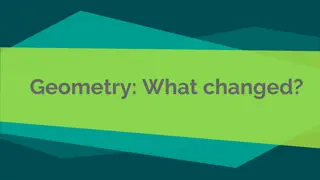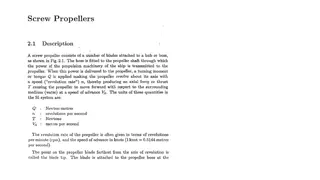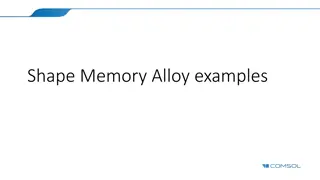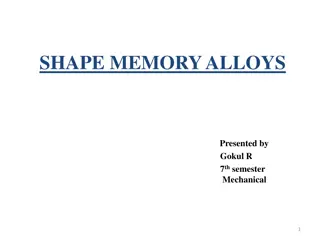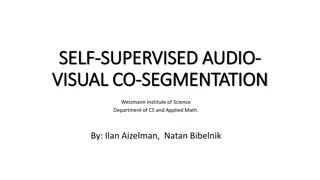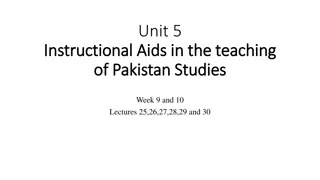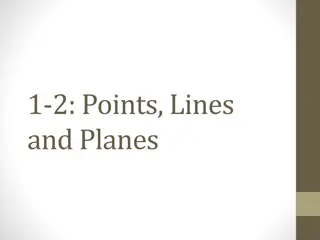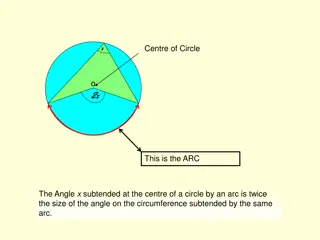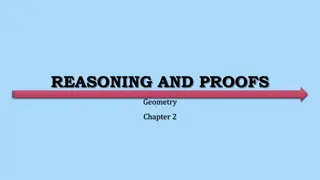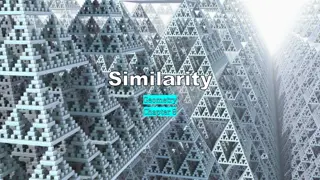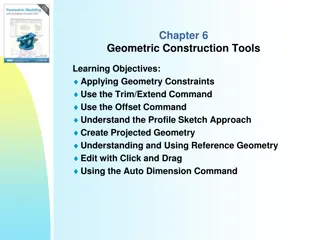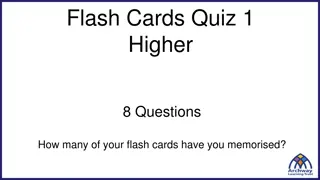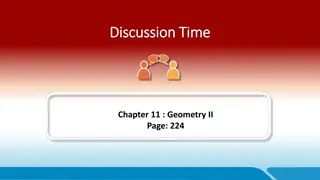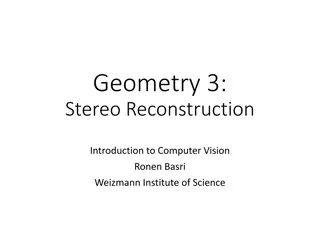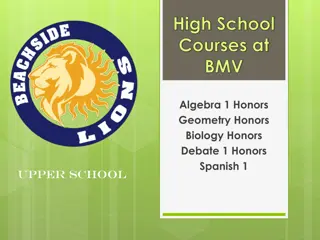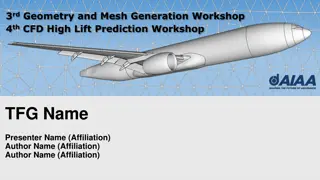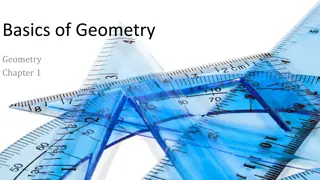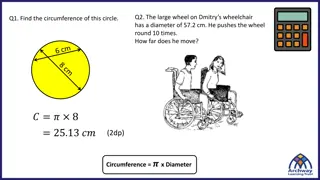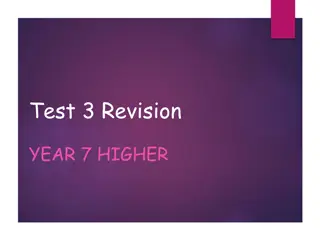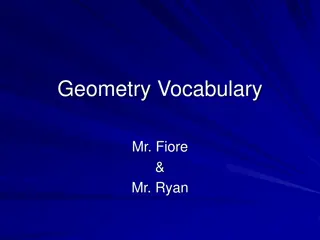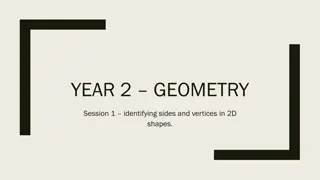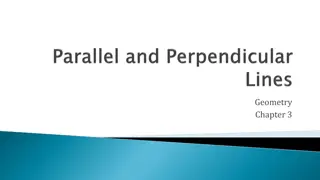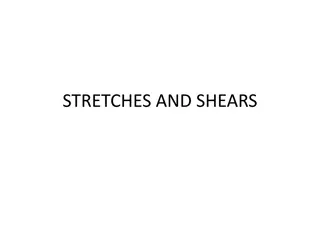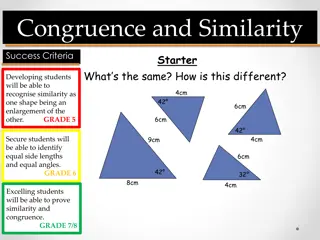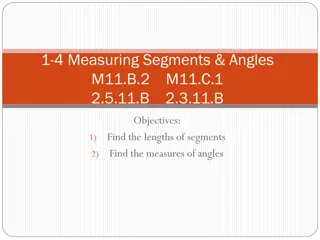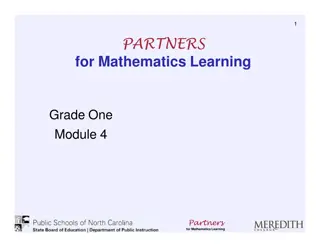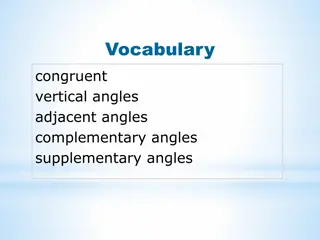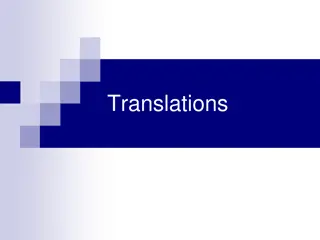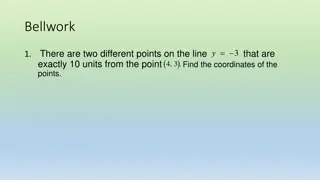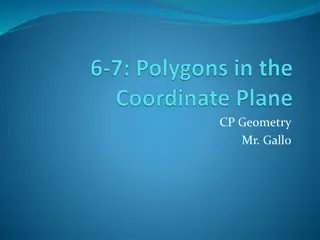Exploring Geometry and Shape Learning Through Visual Resources
Dive into a visually engaging journey of geometry and shape learning, exploring various concepts, activities, and standards. From creating and comparing shapes to understanding perimeters and areas, this content offers insights into how children develop their understanding of shapes. Delve into the Van Hiele Model, Ohio's new mathematics standards, and the psychology behind children's shape cognition, all accompanied by vibrant visuals and practical activities.
Download Presentation

Please find below an Image/Link to download the presentation.
The content on the website is provided AS IS for your information and personal use only. It may not be sold, licensed, or shared on other websites without obtaining consent from the author. Download presentation by click this link. If you encounter any issues during the download, it is possible that the publisher has removed the file from their server.
E N D
Presentation Transcript
Monday Morning Creating, Describing, and Comparing Shapes
Making Shapes Square piece of paper Scissors
Perimeter and Area How do the perimeters of the pieces compare (Grade 3 attributes of shapes)? How do the areas of the pieces compare (Grade 4 areas of rectangles, Grade 5 area and volume)
Problems Can you create shapes with certain dollar values ?
Ohios New Mathematics Standards Geometry Kindergarten Identify and describe shapes Describe, compare, create, and compose shapes Grades 1, 2, and 3 Reason with shapes and their attributes Grade 4 Draw and identify lines and angles, and classify shapes by properties of their lines and angles
Ohios New Mathematics Standards Geometry Grade 5 Graph points on the coordinate plane to solve real- world and mathematical problems Classify two-dimensional figures into categories based on their properties
Tuesday Morning Mosaics of Shapes and How Children Develop an Understanding of Geometry
Geometry Mosaic Cut out all of the pieces Determine the most descriptive name for each of the pieces Let s try putting pieces together to form new shapes
A Little Psychology So, how do children come to know and understand shapes and their attributes?
The Van Hiele Model Teaching and Learning Geometry
Pierre Van Hiele (1959) Why do students struggle so much in geometry?
Stages of Development Level 0 Visualization (whole shapes)
Stages of Development Level 1 Analysis (characteristics/properties)
Stages of Development Level 2 Informal Deduction (interrelationships)
Stages of Development Level 3 Deduction (postulates, theorems, proof)
Stages of Development Level 4 Rigor (other geometric systems)
Properties of the Levels Development is sequential Advancement is dependent upon instruction Linguistics typical of each level Mismatch between instruction/textbooks and the level at which students function
How many triangles do you see?
From Focus on Reasoning and Sense Making (NCTM) Thinking, questioning, and justifying should occur whenever students encounter a situation that is new to them, both within and outside of the school setting, and not only when a proof is required in geometry class. We rarely need to line up statements and reasons in our daily life, but we frequently need to provide a rationale as to why we do or say particular things. Reasoning and sense making should be regular parts of the geometry curriculum, with or without formal proof writing. All students must be able to reason and make appropriate decisions. Geometry provides an environment that can allow and encourage students to practice the process of reasoning and sense making, for the benefit of all.
% of 12thGraders? International 49% United States 19%
Discussion Question What are the implications of the Van Hiele s research on how we plan our lessons?
Practice/Assessment Let s visit a tangrams puzzle online app to practice manipulating shapes and using them to create other shapes: http://www.abcya.com/tangrams.htm
Ohios New Mathematics Standards Geometry Kindergarten Identify and describe shapes Describe, compare, create, and compose shapes Grades 1, 2, and 3 Reason with shapes and their attributes Grade 4 Draw and identify lines and angles, and classify shapes by properties of their lines and angles
Ohios New Mathematics Standards Geometry Grade 5 Graph points on the coordinate plane to solve real- world and mathematical problems Classify two-dimensional figures into categories based on their properties
